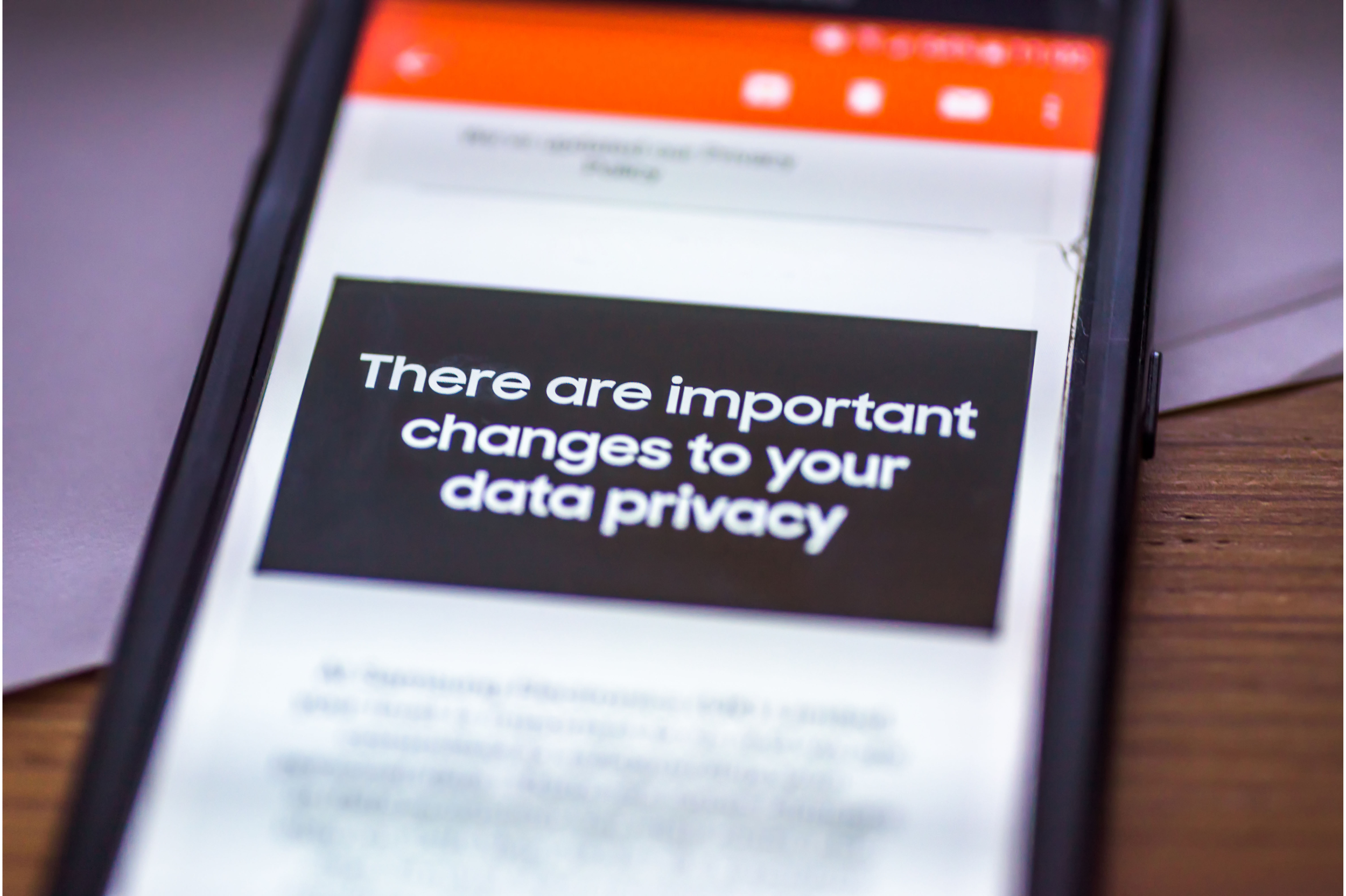Today’s marketers need to create personalized campaigns and engaging experiences across channels to win and retain customers. It all starts with data, and the complexities are immense.
Marketers first need to gather extensive data about their customers and prospects. Then, they need to clean and organize the information to build customer profiles and segments. The next step is sharing this user-level intelligence in real-time with internal teams and other marketing tools. Through it all, they must work efficiently and in a privacy-preserving way.
Marketers are increasingly recognizing that a solution that can centralize customer data and do all this heavy lifting is a customer data platform (CDP).
A study from Oracle and Ascend2 found 37% of surveyed marketers said a CDP was the solution they planned to invest in the most in 2022. A nearly identical number (36%) said a CDP is a marketing solution they could “absolutely not live without.”
What Are Customer Data Platforms?
The CDP Institute, an organization that serves as a resource about Customer Data Platforms, describes this popular tool as “packaged software that creates a persistent, unified customer database that is accessible to other systems.”
It’s software that is available for sale, rather than built by an IT department, and it largely enables marketers to access and use data with limited help from IT specialists. That proximity to data is empowering: A study from the CMO Council and GfK found 41% of surveyed marketers said that a main barrier to data access is having data control lie elsewhere in the organization, like in the IT department.
How Do CDPs Work?
A CDP can help marketers develop a picture about known and anonymous individuals that is maintained and strengthened over time. CDPs, like Twilio Segment, Bloomreach, and Treasure Data, create a holistic view of customers based on data from multiple sources.
One type of information that CDPs can ingest is first-party data, which marketers collect directly about their customers. This data could include:
- Personal identifiers
- Website visits
- Purchase orders
- Email responses
- Social media comments
- Audio recordings
- Customer service interactions
- Mobile app touchpoints
The software can also ingest third-party data from data providers. This could include:
- Interest data
- Location data
- Online and offline purchase data
- Psychographic data
- Attitudinal data
The CMO Council and GfK study found marketers want the ability to harness data that lives in different departments, technology stacks, and elsewhere. More than half (55%) of surveyed marketers said a lack of systems that connect data silos and boost accessibility holds back their department from realizing its full data potential.
CDPs can share customer data with martech systems including those for customer relationship management (CRM), marketing automation, analytics, content management, and email as well as demand-side platforms (DSPs) and data management platforms (DMPs).
How CDPs Differ From DMPs
It’s easy to confuse CDPs and DMPs because they both manage customer data, build profiles and segments, and offer measurement capabilities. Here are some differences between CDPs and traditional DMPs:
- DMPs typically rely on third-party data that is collected through third-party cookies. CDPs can ingest data from multiple sources.
- DMPs have a database of anonymous users while CDPs have a database of known and anonymous users.
- DMPs primarily share customer data with ad-serving platforms. CDPs can be used not only for digital advertising purposes, but also for other marketing efforts like email, personalized product recommendations, and customized website content. Other areas of an organization can use a CDP as well, including sales and product development teams.
- DMPs hold data for short periods, which is advantageous because stale data about users isn’t useful for advertisers. CDPs maintain persistent databases that help marketers learn more about customers over a longer period of time.
These days CDPs and DMPs often integrate and strengthen each other. Yet, while CDPs are becoming an “it” technology, the traditional data management platform appears to be on the outs. One study found 66% of surveyed Fortune 500 marketers said they are “sunsetting” their DMPs in response to a cookieless future.
CDPs Will Be Advantageous in the Cookieless, Privacy-Focused Future
That same study found 58% of respondents are implementing a CDP in light of the impending deprecation of the third-party cookie. That kind of adoption makes sense given that CDPs aren’t as reliant on the trackers, which will largely fade away after Google drops them from its Chrome browser in the second half of 2024.
A CDP’s superpower is that it can collect and integrate both first-party data including personal identifiable information (PII)—which consumers share with their implied or active consent—and third-party data from privacy-centric data providers.
In addition, the software can make it easier for companies to comply with current privacy regulations like the General Data Protection Regulation (GDPR) and the California Consumer Data Privacy Act (CCPA) as well as privacy rules that emerge in the future.
For instance, CDPs typically have tools to help manage users’ consent preferences, handle their inquiries about data collected about them, and fulfill a user’s request to delete their information.
What Are Some Ways Marketers Can Use a CDP?
Customer data platforms can be standalone tools or technologies within larger marketing platforms. They can also have varying levels of capabilities and sophistication. Some offer predictive analytics capabilities, for instance.
They all create unified customer profiles and marketers may be able to use the software to achieve goals that include:
- Creating customer segments
- Gaining insight into customer journeys
- Sending personalized ads to unique IDs across channels
- Triggering automated email campaigns
- Offering relevant product recommendations
- Optimizing a retargeting strategy by sending ads to those who abandoned their carts but not to those who purchased an item
- Creating a more consistent digital customer experience across touchpoints
- Expanding targeting efforts by building lookalike audiences—users who have similar interests and behaviors as existing customers
- Tracking the success of marketing efforts
- Improving data quality and privacy protections
Notably, since CDPs serve as the foundation for marketing activity, these workhorses don’t require marketers to pick and choose singular uses. Here’s an example:
Marketers can build customer profiles based on interactions users have had with a company across its platforms, like when they read about a product on a brand’s website and sign up for its email newsletter. Marketers can enrich those profiles with interest data to better understand whether users engage with other products or topics through other channels.
Next, marketers can create audience segments based on similar actions and interests and connect them with their email marketing system to send personalized email campaigns featuring recommendations aligned with the segment’s engagement history.
Marketers can continually feed first-party data and third-party data into their CDPs to better understand performance and a consumer’s loyalty to a brand over time. Interest scoring and brand awareness metrics like online searches and shares of a brand can help them gauge their success.
CDPs Are Earning Their Reputation as Indispensable Tools
Today it’s more important than ever to have a 360-degree view of customers to advance marketing campaigns and earn both sales and loyalty. Rich online behavioral data from a provider like ShareThis can be seamlessly integrated to build this fuller picture.
Customer data platforms (CDPs) give marketers the ability to integrate large volumes of user-level data from multiple sources into a centralized database that serves as a single source of truth about customers. They also play the critical function of connecting with martech systems in a frictionless way while safeguarding user privacy.
Marketers are increasingly adopting CDPs for these reasons and more. In addition, their integrations with other platforms, like leading CRMs and DMPs, will continue to scale and help organizations get the results they seek.




